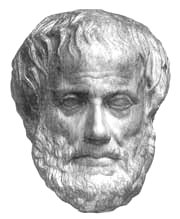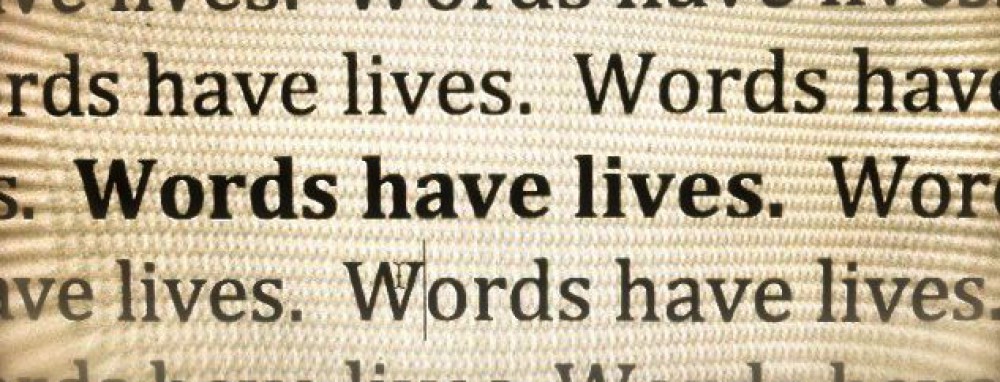
Aristotle wrote the famous “Poetics.”
All successful writing has a sense of flow, or as many writing instructional texts (including the CATW rubric) suggest, a “beginning, middle, and end.” You already look for this when you watch a movie or watch a TV show. You may not consciously sense this as you read, but if you are reading carefully, you would likely notice if the end was cut off of a novel or an essay.The Greek philosopher Aristotle (pictured above) mentioned this in his famous treatise on writing and criticism, Poetics: “Now a whole is that which has beginning, middle, and end.”How does this translate into writing an essay? In tutoring, we discussed this as a sense of structure in writing.
- Five or six paragraph essays have an introductory paragraph, body paragraphs, and a concluding paragraph.
- Each paragraph has( to some exten)t a topic sentence, support for that topic, and a concluding sentence.
There are many ways to structure each paragraph, but a sense of the role that each paragraph plays is important in presenting the reader with a profound sense of “beginning, middle, and end.” Additionally, transitions create a sense of flow between the beginning, midde, and end. These visible divisions on the page (paragraph divisions and the transitions within paragraphs), make your argument clear to your reader and frame your ideas.
Pages: Analysis and Development; Structure



